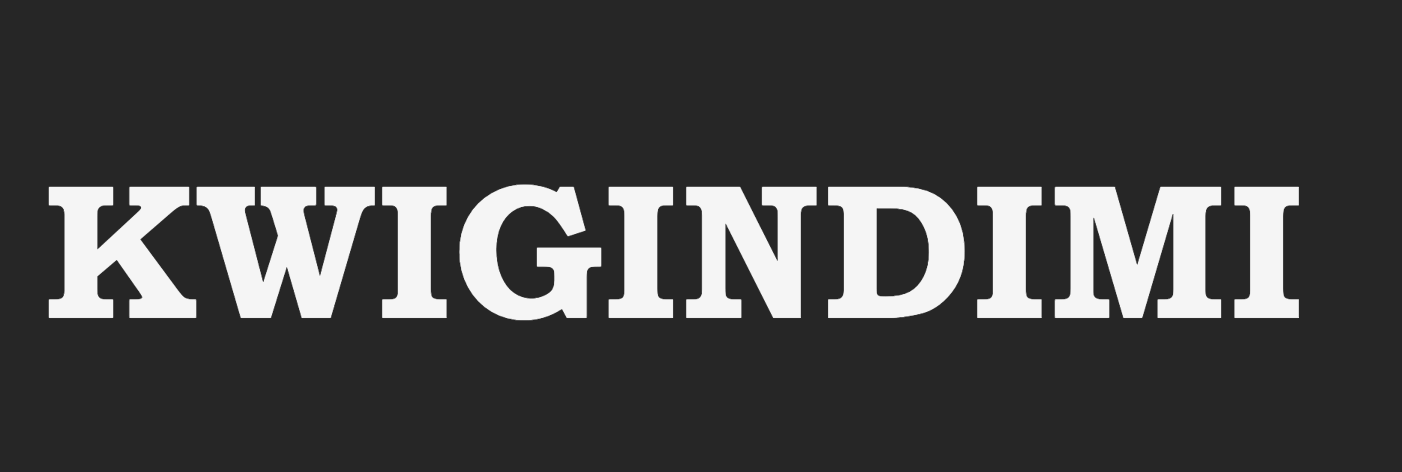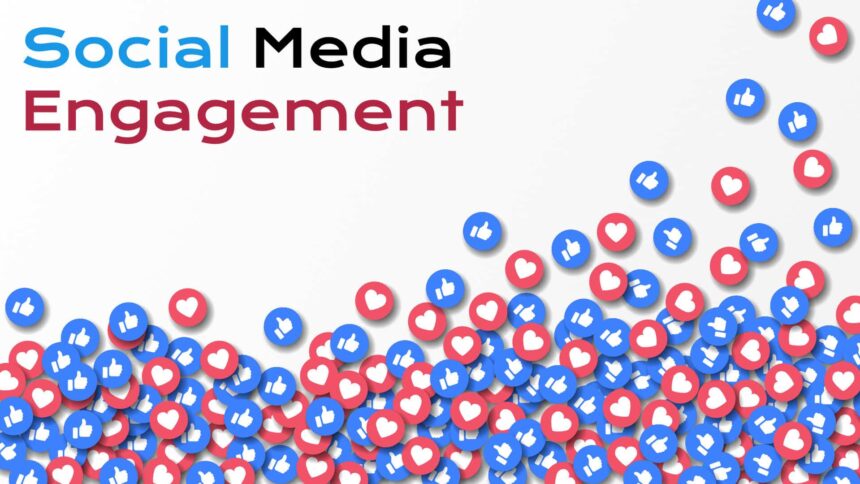Social media marketing has become an essential pillar in the modern marketer’s toolkit. From global brands to small startups, businesses leverage platforms such as Facebook, Instagram, LinkedIn, Twitter, TikTok, and Pinterest to reach and engage audiences. Yet too often, marketers settle for surface‐level measures of success counts of followers, likes, shares, and comments without translating those metrics into tangible business outcomes.
If you want to persuade stakeholders, justify budget increases, and optimize campaigns for real revenue impact, you must move beyond vanity metrics to a rigorous approach for measuring return on investment, or ROI. This comprehensive guide will walk you through every step of that journey, offering insights, tools, and best practices to ensure your social media efforts are driving measurable value.
The Case for Measuring True Business Impact
When you post a beautiful image or an engaging video and watch the likes pour in, it feels good. But likes do not pay the bills. The true purpose of social media marketing is to influence brand perception, nurture relationships, and ultimately drive actions that contribute to your bottom line. Without linking social activities to concrete outcomes such as purchases, leads, or renewals your campaigns remain marketing theater.
Demonstrating ROI confers multiple benefits: it strengthens your credibility with executives, justifies ongoing investment, informs budget allocations, and guides creative and targeting decisions for maximum efficiency. More importantly, it transforms social media from an expense line into a strategic revenue driver.
Establishing Clear Objectives Aligned with Business Goals
The foundation of any ROI‐focused social strategy lies in crystal‐clear objectives. Vagueness kills accountability, so begin by defining what success looks like in terms your finance team understands. Are you seeking to drive direct online sales through shoppable posts? Do you want to generate qualified leads for a high‐value enterprise product?
Is your goal to increase website traffic to support subscription revenue? Or perhaps you aim to boost customer retention and lifetime value by fostering loyalty among existing purchasers. Each objective demands its own metric and measurement approach. By articulating Specific, Measurable, Achievable, Relevant, and Time‐bound objectives, you create a roadmap that links every tweet, story, and sponsored post to a business outcome.
Selecting the Right Attribution Framework
Once objectives are in place, the next challenge is telling the story of which social touchpoints contributed to conversions. Attribution models assign credit across the customer journey. A last‐click model might give all the credit to the final interaction, whereas a first‐click approach highlights the awareness‐building role of social ads. More sophisticated options distribute credit evenly across every touch or apply time decay so that more recent interactions receive a larger share.
Position‐based attribution or U‐shaped attribution awards a substantial portion to both the first and last touch, acknowledging social’s dual role in initiating interest and closing deals. Choosing the right model depends on your typical sales cycle length, the complexity of your funnel, and the interplay with other channels such as search, email, and affiliates. Consistency is critical: once you adopt a model, apply it uniformly to avoid skewed comparisons.
Quantitative Metrics That Drive Revenue Insights
To demonstrate monetary ROI, focus on a handful of concrete metrics. Conversion rate, the percentage of social‐referred visitors who complete a desired action, reveals how well your audience targeting and creative resonate. Cost per acquisition divides total social media spend by the number of conversions, providing a clear benchmark for efficiency. Return on ad spend, or ROAS, expresses revenue generated for each dollar invested.
A ROAS exceeding one implies positive return, but true profitability requires factoring in product margins. Customer lifetime value captures the aggregate revenue expected over a customer’s tenure; comparing CLV to CPA ensures your acquisition strategy can scale sustainably. Finally, incremental lift testing—by conducting A/B tests where a control group is excluded from social exposure—isolates the net effect of social campaigns on conversions, revealing the true incremental benefit.
Qualitative Measures for Brand Equity and Long‐Term Growth
Not all impact is immediately reflected in a purchase. Social media can shift perceptions, build trust, and cultivate brand advocates. Sentiment analysis tools scan user‐generated comments, mentions, and messages to gauge whether the overall tone is positive, negative, or neutral. An upward swing in positive sentiment following a campaign launch suggests resonance beyond raw numbers. Share of voice, calculated as your brand’s proportion of total category‐related conversations, indicates competitive standing.
Engagement depth measured by the length and substance of comments or the quality of direct messages can signal genuine interest, unearth customer pain points, and fuel product innovation. Influencer partnerships often deliver qualitative benefits that traditional ads cannot match, lending authenticity and credibility; tracking unique promo codes or affiliate links from influencers can quantify their contribution while also capturing qualitative endorsements.
Technology Stack for Comprehensive Measurement
Achieving end‐to‐end ROI measurement requires a robust technology ecosystem. Native analytics dashboards on social platforms provide basic engagement and demographic data but often lack cross‐channel visibility. Google Analytics, with disciplined UTM tagging, fills that gap by capturing sessions, user behavior, and conversion events on your website. Social listening platforms aggregate mentions across the web, powering sentiment analysis, share of voice, and competitive benchmarking.
Customer relationship management systems tie social leads to closed deals, enabling closed‐loop reporting. Attribution tools unify disparate data sources and apply advanced models to assign credit accurately. By integrating pixels, APIs, and webhooks, you can automate data flows, generate real‐time dashboards, and set alerts for budget anomalies or performance dips.
Crafting a Data‐Driven Content and Promotion Plan
With objectives, attribution, and tools aligned, you can build a social strategy that prioritizes content types and promotional tactics proven to move the needle. Begin by auditing past campaigns to identify top performers in both organic and paid channels. Analyze which creative formats videos, carousel ads, ephemeral stories, long‐form posts yield the highest engagement and lowest CPA.
Map content to each stage of the funnel: use brand awareness videos to introduce new audiences, thought leadership articles and webinars to nurture prospects, and promotional offers and testimonials to convert. Allocate paid budgets to amplify the highest‐ROI posts, using lookalike and interest‐based targeting to refine audience segments. Implement automated rules where possible such as pausing ads when CPA surpasses a threshold or increasing bids on high‐converting audiences to maintain efficiency at scale.
Real‐World Success Stories
Consider the example of a direct‐to‐consumer athletic footwear brand that integrated Instagram Shopping with pixel tracking and UTM parameters. By launching a series of short workout clips featuring their new collection and tagging each clip with “Swipe Up” links, they tracked a surge in website visits and a 12-percent lift in direct sales within days. Real‐time monitoring revealed two creatives driving the majority of conversions; pausing underperformers and reallocating budget led to a fourfold increase in ROAS.
In another case, a B2B SaaS provider shifted from vanity metrics like follower counts to a lead‐gen focus. They promoted an in-depth whitepaper on LinkedIn, using stringent targeting by job function and company size. The result was a 40-percent reduction in cost per lead and 30-percent annual subscription revenue growth attributable to social campaigns.
Continuous Optimization and Reporting Cadence
ROI measurement is not a one-time exercise but an iterative cycle. Establish a reporting cadence that aligns with campaign velocity daily or weekly dashboards for active ads and monthly deep dives that feed strategic planning. In each report, track progress against objectives: compare actual CPA and ROAS to targets, analyze shifts in sentiment or share of voice, and spotlight high‐impact content and audience segments.
Use these insights to refine audience criteria, swap out underperforming creative, test new messaging arcs, and explore emerging formats or platforms. Foster a culture of experimentation through structured A/B and multivariate tests, documenting hypotheses, results, and key learnings. Over time, your team will develop a playbook of high‐ROI tactics that can be adapted across campaigns and client accounts.
Common Pitfalls and How to Avoid Them
Many marketers struggle with inconsistent naming conventions for UTM tags, leading to fragmented data in analytics platforms. Enforce strict, documented standards for campaign, source, medium, and content parameters. Another common error is selecting an attribution model that overlooks social’s early-funnel contributions; choosing a model that aligns with your customer journey is paramount.
Focusing solely on paid performance at the expense of organic engagement can also skew results, as earned media often amplifies paid efforts. Finally, failing to account for ad creative fatigue where audiences grow blind to static messaging can inflate CPA over time; rigorous creative refresh schedules and ongoing content audits mitigate this risk.
Preparing for the Future of Social ROI Measurement
The landscape of social media measurement continues to evolve. Privacy changes and the deprecation of third-party cookies compel marketers to rely more on first-party data and probabilistic matching methods. Advances in artificial intelligence and machine learning will enable predictive attribution, forecasting which users are most likely to convert and dynamically allocating budgets toward those high-value prospects.
Native social commerce features such as in-app checkout on Instagram and TikTok will blur the line between engagement and purchase, simplifying attribution but also demanding careful tracking of on-platform revenue. Amid these shifts, the core principles remain: define clear business objectives, instrument robust analytics, and maintain a relentless focus on actions that drive measurable financial impact.
Conclusion
Moving beyond the allure of likes to a disciplined ROI mindset transforms social media from a brand awareness channel into a revenue engine. By aligning objectives with business goals, selecting appropriate attribution models, tracking both quantitative and qualitative metrics, and leveraging the right technology stack, you can demonstrate the direct impact of every post and ad dollar spent.
Continuous optimization, informed by real-time data and structured experimentation, ensures that your campaigns improve over time. As platforms and privacy regulations evolve, your ability to measure and prove ROI will distinguish leading marketers from the rest. Embrace the journey from vanity to value, and watch as social media becomes one of your most powerful and accountable marketing investments.




